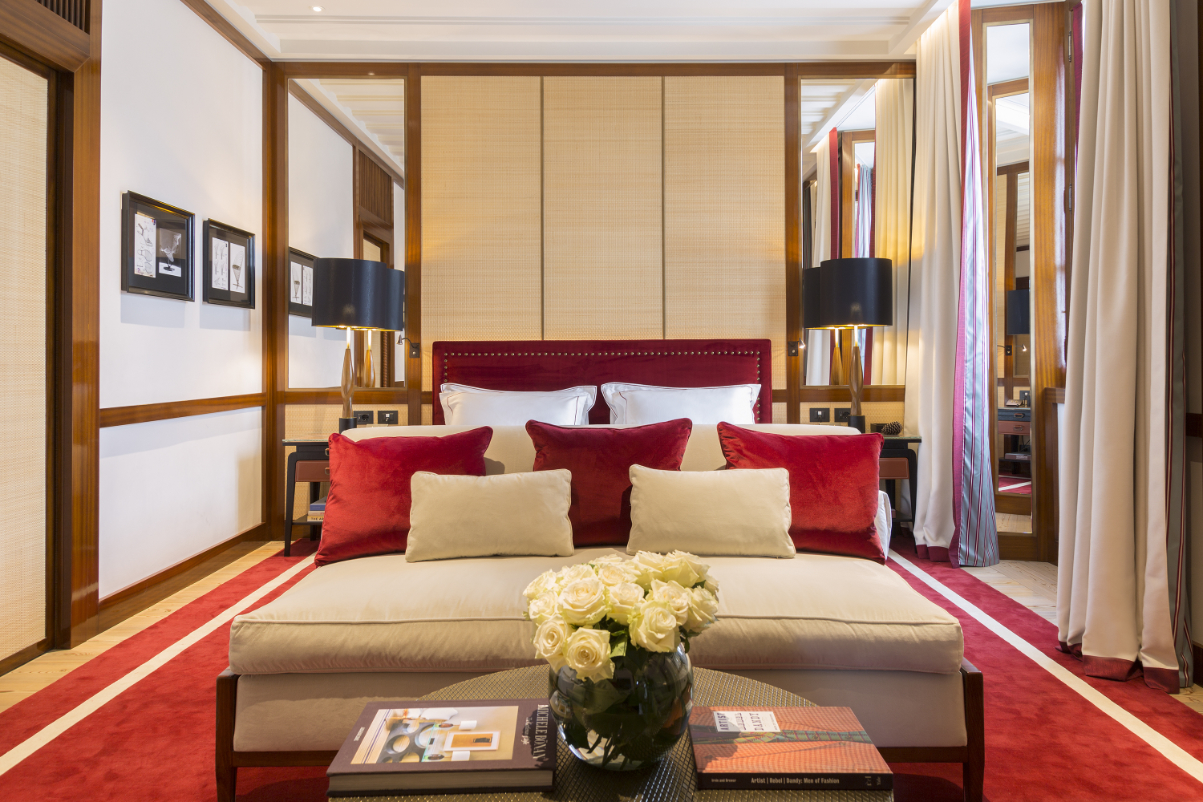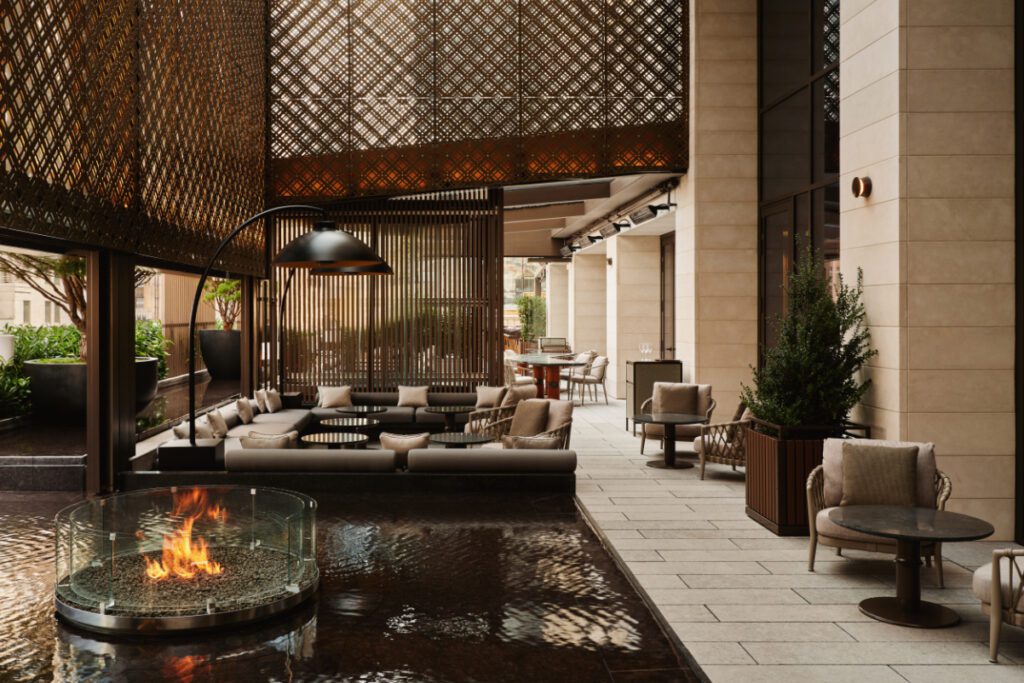Skift Take
The Ferragamo family's Portrait Milano hotel has taken the Italian fashion capital by storm. It did so through its philosophy of "inclusive exclusivity," its celebrated pasta bianco dish, and some star-studded events. Is Naples, Venice, or Palermo next?
Portrait Milano is a case study in how to put a new luxury hotel on the map. The 73-room property opened in Milan’s fashion district in December 2022. It’s part of the Lungarno Collection — a set of boutique hotels solely owned by the family behind fashion house Ferragamo.
“We’ve become a hub of the city’s fashion district,” said Valeriano Antonioli, CEO of the Lungarno Collection.
After only 16 months, Portrait Milano now generates the second-highest revenue per available room among Milan’s luxury hotels, according to Antonioli. (STR, the data benchmarking service, doesn’t publicly disclose figures for individual hotels.)
While each hotel opening is unique, Portrait Milano’s story suggests key factors that all investors should consider as they try to establish new luxury hotels in key markets.
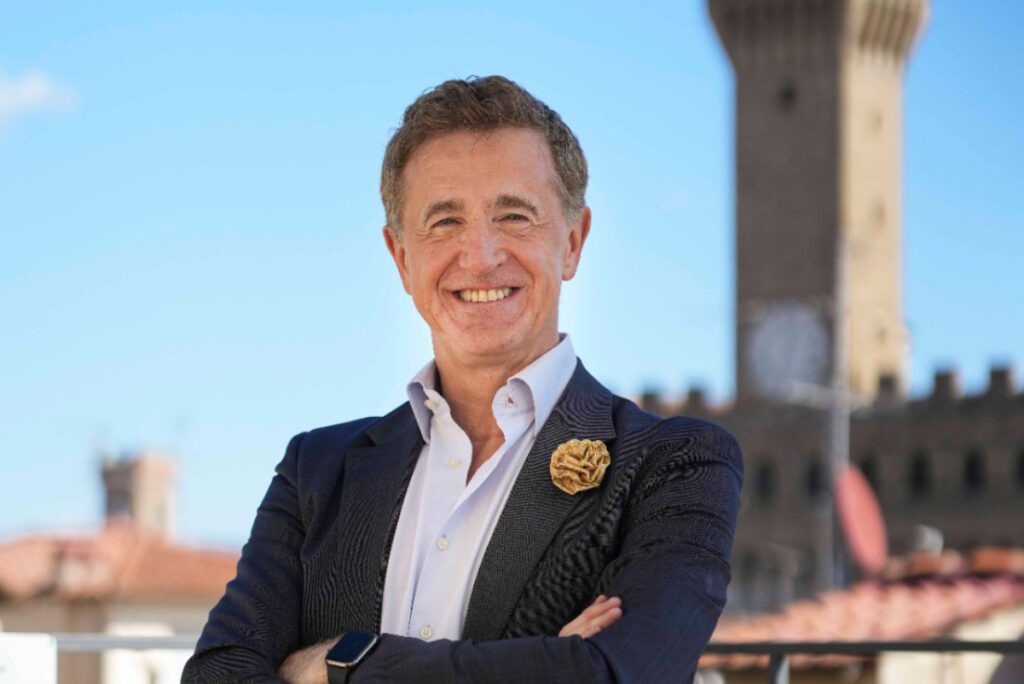
Connect with the community
Getting regulatory support is easier if you can make a persuasive case as a hotel developer that your project will enhance the community, rather than detract from it. Plus, many luxury travelers seek hotels that give a sense of place.
Portrait Milano was created in what was once the oldest seminary in Europe. The Catholic Church vacated the structure a few decades ago. Attached to it is the Piazza del Quadrilatero, a 32,000-square-foot public space surrounded by colonnades.
A competition was organized to essentially auction the property, with 17 finalists, including some of the world’s famous hotel operators.
“We won without making the biggest financial offer for two reasons,” Antonioli said. “Number one is because our concept was focused on ‘inclusive exclusivity.’ We never put a barrier at the entrances to the square. It is open for everyone, which is opposite to the trend in cities.”
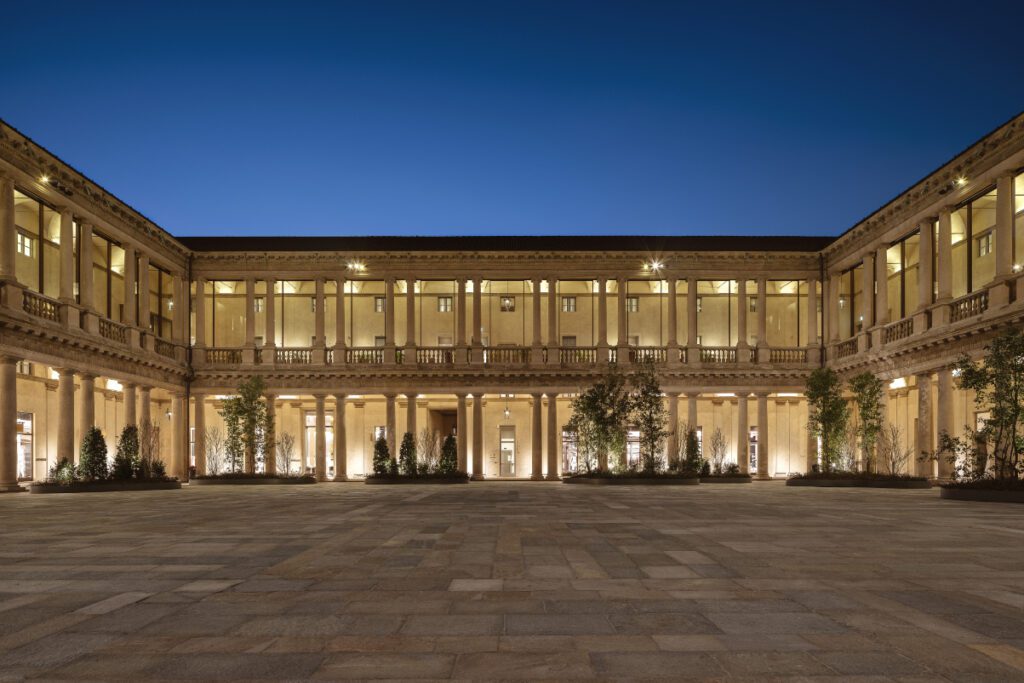
“Second, because we belong to the Ferragamo family, we won because that family has always been in a good light on everything they’ve done in the cities they’ve operated in,” Antonioli said.
The hotel operator also runs Portrait hotels in Florence and Rome.
Focus on food and beverage
Antonioli knew that restaurants and wine help make a hotel. He wanted the restaurants and bars at Portrait Milano — Beefbar, 10_11, and Rumoure — to make a splash.
“In year number one, our restaurants in Milano produced more than €10 million [about $11 million] in revenue, or roughly 30% of overall revenue, with double-digit profitability,” Antonioli said.
That means we’ve had hundreds of locals coming in daily, as their hotel guest volume alone couldn’t have supported that level of business.
“We’ve been very lucky to reinvent the pasta bianco, a kind of comfort food that hadn’t been updated to serve in fine restaurants until we did it,” Antonioli said. “It became the talk of the town, the talk of the villages in the mountains, and that helped the hotel.”
Having food that seemed accessible helped.
“We wanted dishes like pasta bianco that were recognizable and not strange fusions like wasabi and spaghetti,” Antonioli said.
Pick the right talent
The restaurants’ early success depended on hiring the right talent.
“I interviewed some celebrity chefs, but in the end, we wanted a team player,” Antonioli said. “Just like football teams scout to find the next Maradonna at age 12, we wanted the next chef while still on the rise. We found two great ones, plus a great food-and-beverage manager and a terrific pastry chef.”
Lungarno Collection emphasizes a company culture that encourages teamwork, open communications, a minimum of bureaucracy and management, and humility.
“We’ve been hoteliers for 25 years, but it took us 12 to figure out the formula, and then we created a training module,” Antonioli said.
The downside of this approach is that the company culture somewhat complicates recruitment, as not every candidate measures up.
“When we opened Portrait Milano, we had a little bit shy of 100 people, which was just enough to manage early demand,” he said. “Now, we’re at more than 300 people.”
In December Portrait Milano opened a spa with a pool, adding to the complexity.
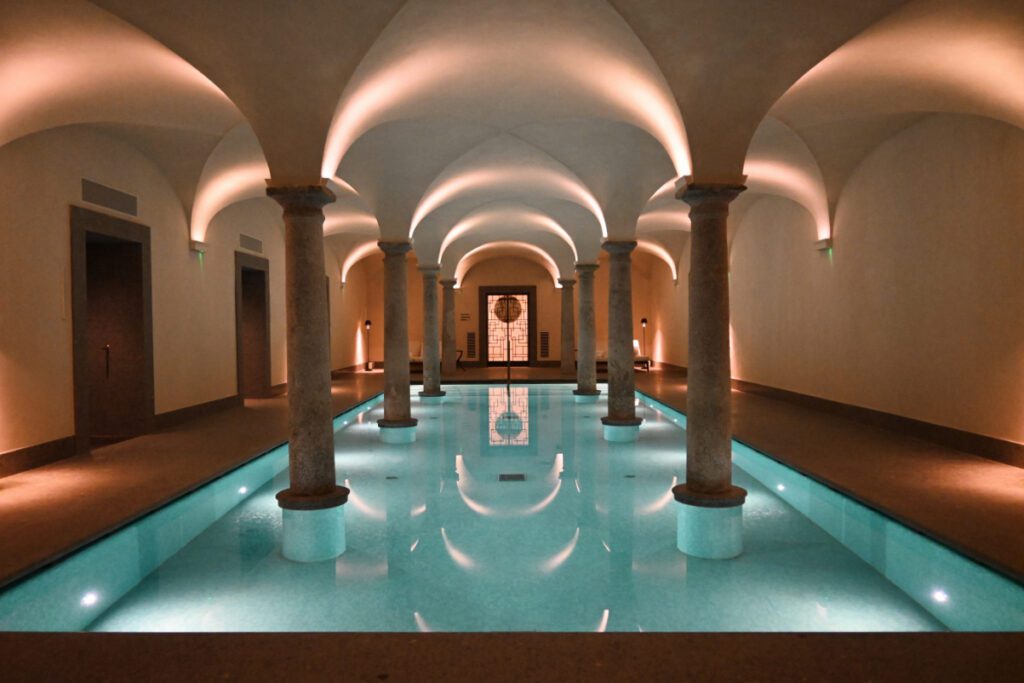
Events help solidify an haute hotel
Portrait Milano also became buzzworthy by holding a series of events.
A few highlights were Pharrell Williams’ collaboration with Moncler displayed as a fashion show, a Formula One watch party, and a Max Mara exhibition of fuzzy fabrics and objects themed on its teddy bear mascot that drew “tens of thousands of visitors.”
The hotel also hosted the launch of Ferragamo’s fashion collection for the year and hosted events during Milan’s fashion week.
Not a blatant brand extension
Intriguingly, the Ferragamo family hasn’t put their branded items front-and-center in their Milan hotel in the way that, say, Bulgari and Armani have at their Milan hotels.
“To succeed in fashion, you have to constantly update your wardrobe, while at a hotel, you operationally need to keep the curtains for 20 years,” Antonioli said. “The two don’t mix. Perhaps if your brand has evolved into a furniture brand, then it’s perhaps easier to make hotels a brand extension.”
There are other ways in which hotels and fashion aren’t great playmates.
“I’ve had two suits destroyed as collateral damage while touring the construction site of Portrait Milano,” he said.
Where next for Portrait Hotels?
The Lungarno Collection sees its Portrait Hotels brands as being an urban, centrally located brand. The company is exploring many options in Italy.
“Venice is highest in order of priority and difficulty,” Antonioli said. “But the market is difficult for several reasons.”
“Napoli is an important cultural city and now well-served by high-speed trains, and the Ferragamo family is from Naples,” he said.
“Palermo is also of interest,” he said.
The Lungarno Collection is also exploring the idea of opening resorts on Lake Como and the Amalfi Coast.
Have a confidential tip for Skift? Get in touch
Tags: fashion, future of lodging, hotel brands, hotel development, independent hotels, italy, luxury, luxury hotels, luxury travel, milan
Photo credit: A room at Portrait Milano, a luxury hotel in Italy. Source: Lungarno Collection.
